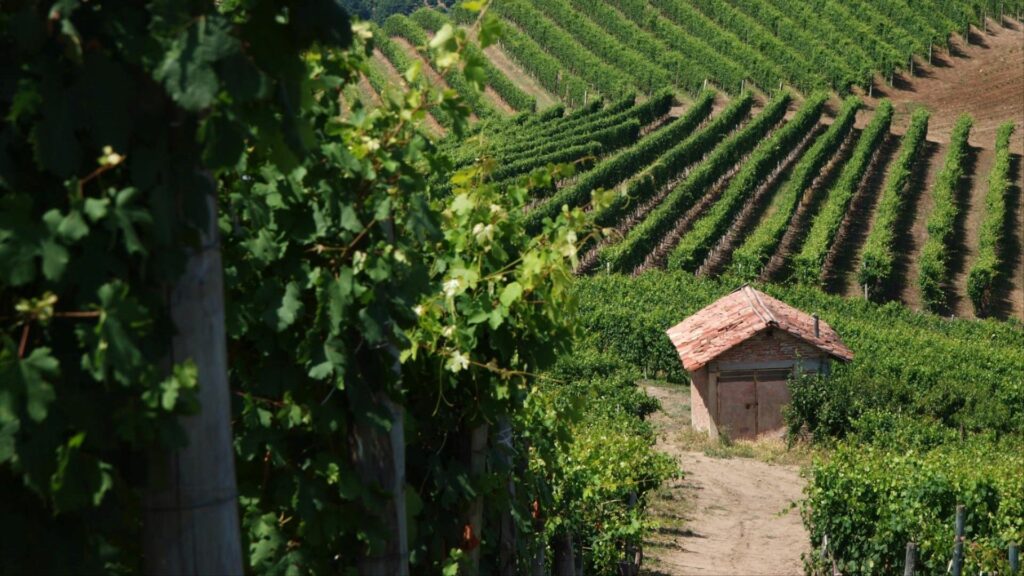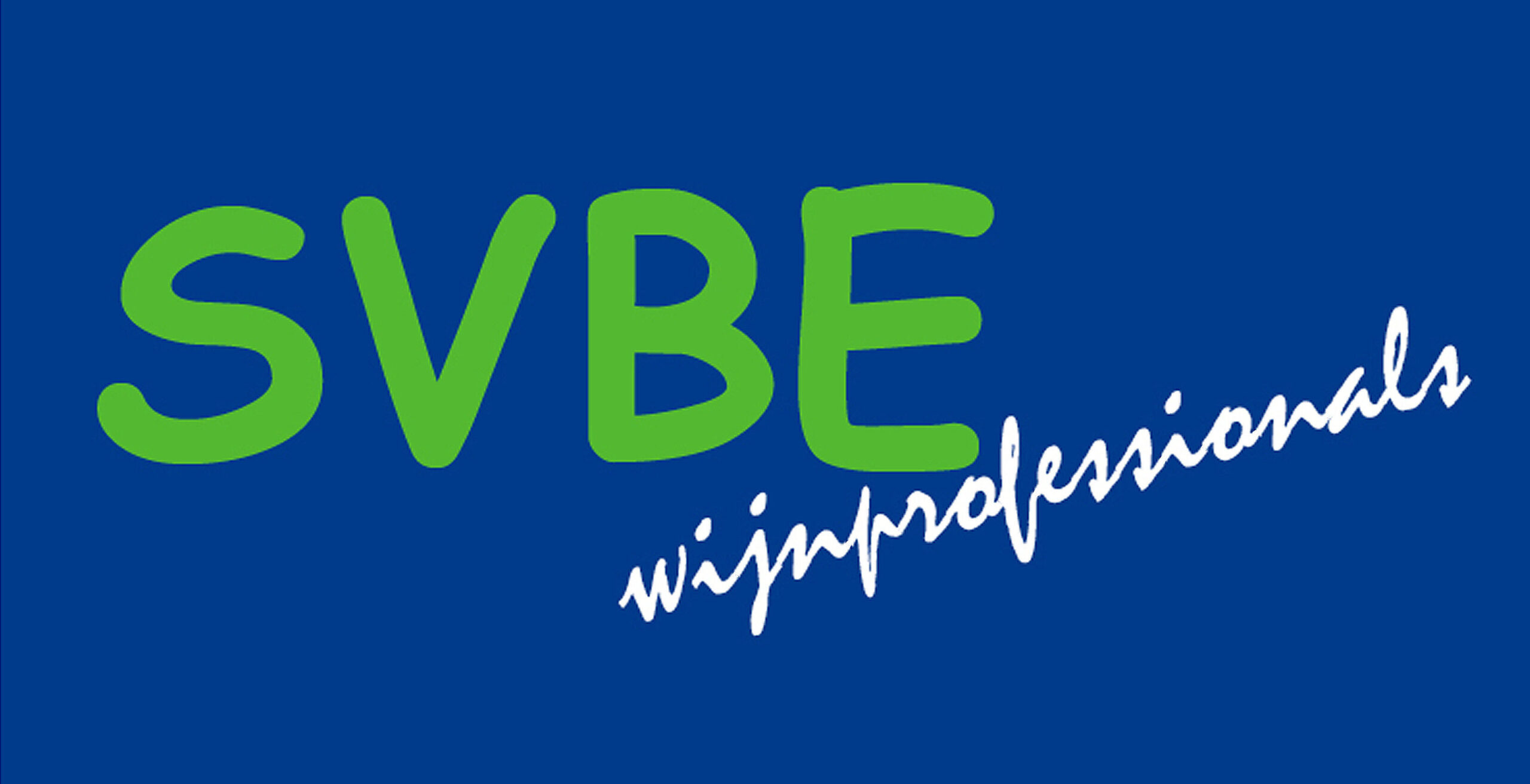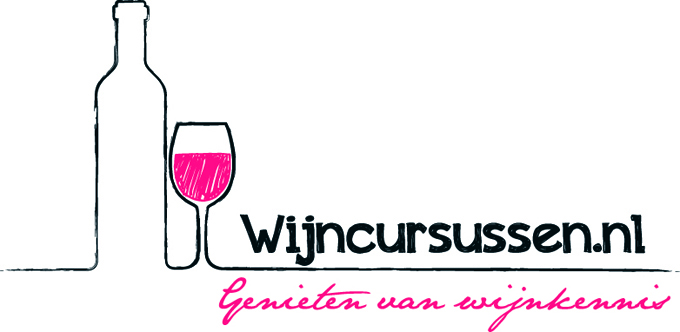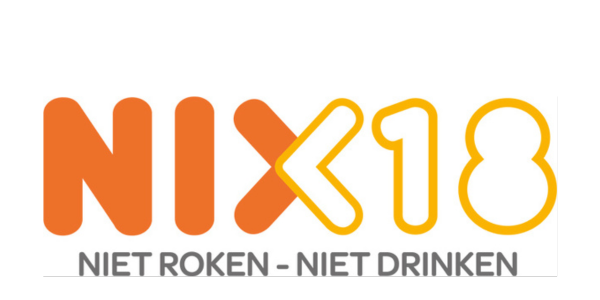Considering the mutual relationship that exists between viticulture and the environment, in the last three years, the Consorzio that represents the 13 denominations of Monferrato has chosen to actively promote and endorse measures and benefits of eco-sustainable practices. This is achieved through specific monitoring of the vineyards, sharing agronomic data, technical and scientific research and the promotion of organic wines, or those produced by companies committed to minimizing their environmental impact in order to bring value and ensure compensation for this type of production.
In the last year, the Consorzio has engaged in three important activities:
Sharing of agronomic reports with member wineries
Since 2021, the Consorzio has activated a service providing technical information on winegrowing together with meteorological data of the main areas, which have been identified and monitored for “Barbera 2.0”, a project aimed at characterizing Barbera d’Asti. The reports are shared with members several times a month, informing them of the main operations required by the vineyards and advising wineries on timing and methods targeted at reducing impact on the environment and on the landscape. Members also receive the latest news on research projects and testing of innovative and non-chemical herbicidal machinery and products.
Noviagri research and experimentation
The NOVIAGRI project (New application Of Vegetation Indexes in AGRIculture) aims at the realization of a mechanical atomizer prototype to be used in the vineyard. This machine will reduce the dispersal of plant protection product during vineyard treatment, using a sophisticated technological system that optimizes work and ensures low environmental impact. Using sensors regulated by a vision and telecommunications system, the machine will limit, manage, direct or interrupt the flow and supply of plant protection product on the rows and leaves, reducing dispersion on the ground or in the air to a minimum. This allows to save up to 40% of product and around 20% of water resources. On a technical level, the machine’s structure presents separate tanks. This enables the division of water and plant protection products, which are usually mixed together, and allows to save any excess product and efficiently manage a segregated and low-impact waste disposal.
Promotion and communication through the European initiative Eco Europe: a sustainable lifestyle
Since January 2020, the Consorzio Barbera d’Asti e Vini del Monferrato has participated together with the Consorzio Tutela Vini d’Abruzzo and the Consejo Regulador de la DO Mancha in a three-year project aimed at promoting sustainable wine production, focusing in particular on East Asian countries (China, Japan, South Korea, Vietnam, Singapore and Taiwan). The Eco Europe: a sustainable lifestyle project aims to reach more than 8 million people through activities pertaining to social media management, press office, PR and events. The combined action of these three bodies is targeted to increase knowledge and awareness on protected wines and the people who operate according to eco-sustainable systems from the vineyard to the cellar. The main theme of sustainability will give prominence to other important elements such as the geographical origin, traceability, organoleptic quality of products, the impact of packaging, economic and human value. This aims to enhance and create new market opportunities for virtuous companies.
“The progress in our industry and territory has shown the importance of undertaking new projects and investing our resources to concretely figure out how the wine industry in Monferrato can continue to lessen its impact on the environment – says Filippo Mobrici, President of the Consorzio Barbera d’Asti e Vini del Monferrato – Our Consorzio protects and promotes more than 11,000 hectares of vineyards, which correspond to over 30% of the DOC and DOCG area in Piedmont. These numbers are proof of the change that the involvement of our members in an agronomic and productive management that is respectful of the territory, a treasure that we care for together with the winemaking tradition that we keep, can make. We have seen the effects of climate change in recent harvests, with record temperatures and unusual and problematic weather phenomena such as out-of-season frost and hailstorm. Therefore, it is our duty to actively seek and provide our members with the information and means necessary to support them. Another fundamental factor is to foster communication in order to create awareness among winegrowers and promote virtuous production methods on the markets”.










